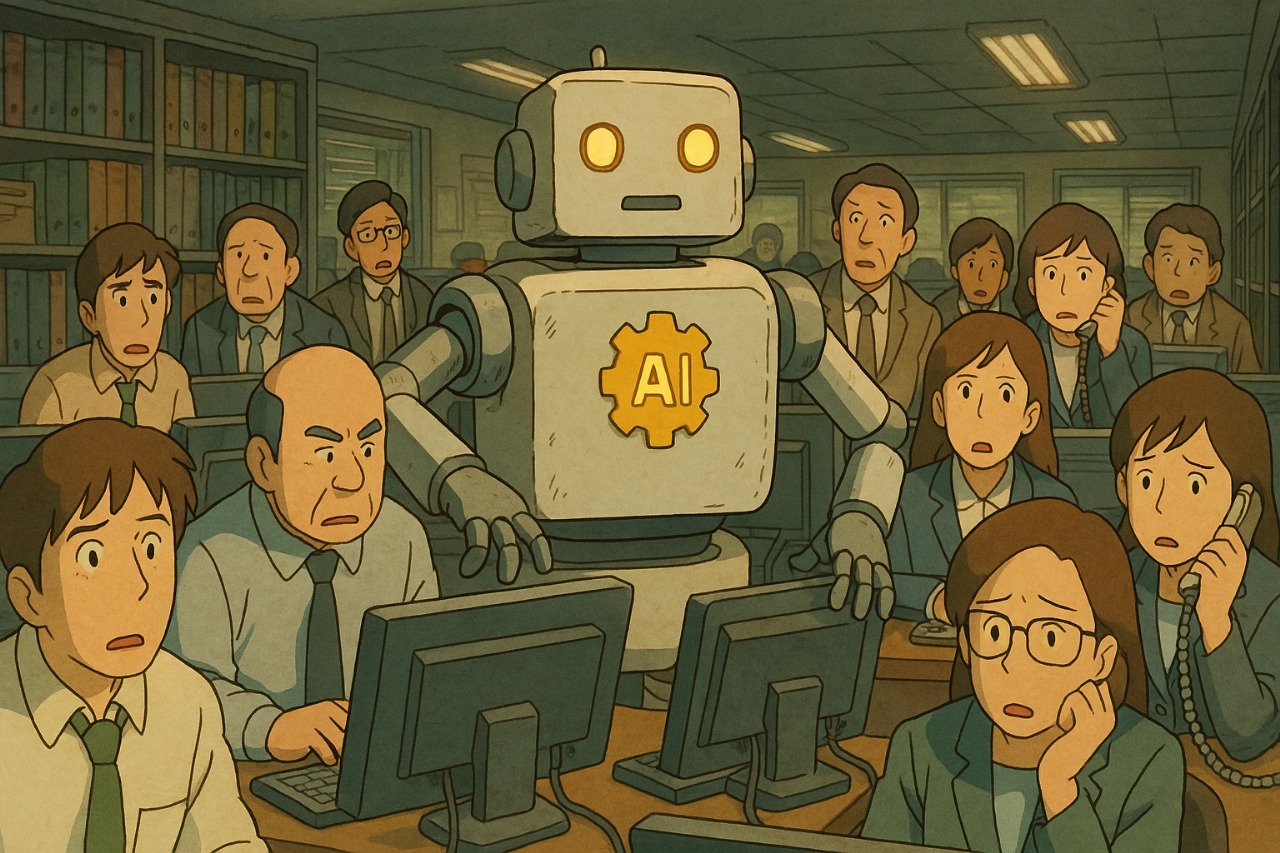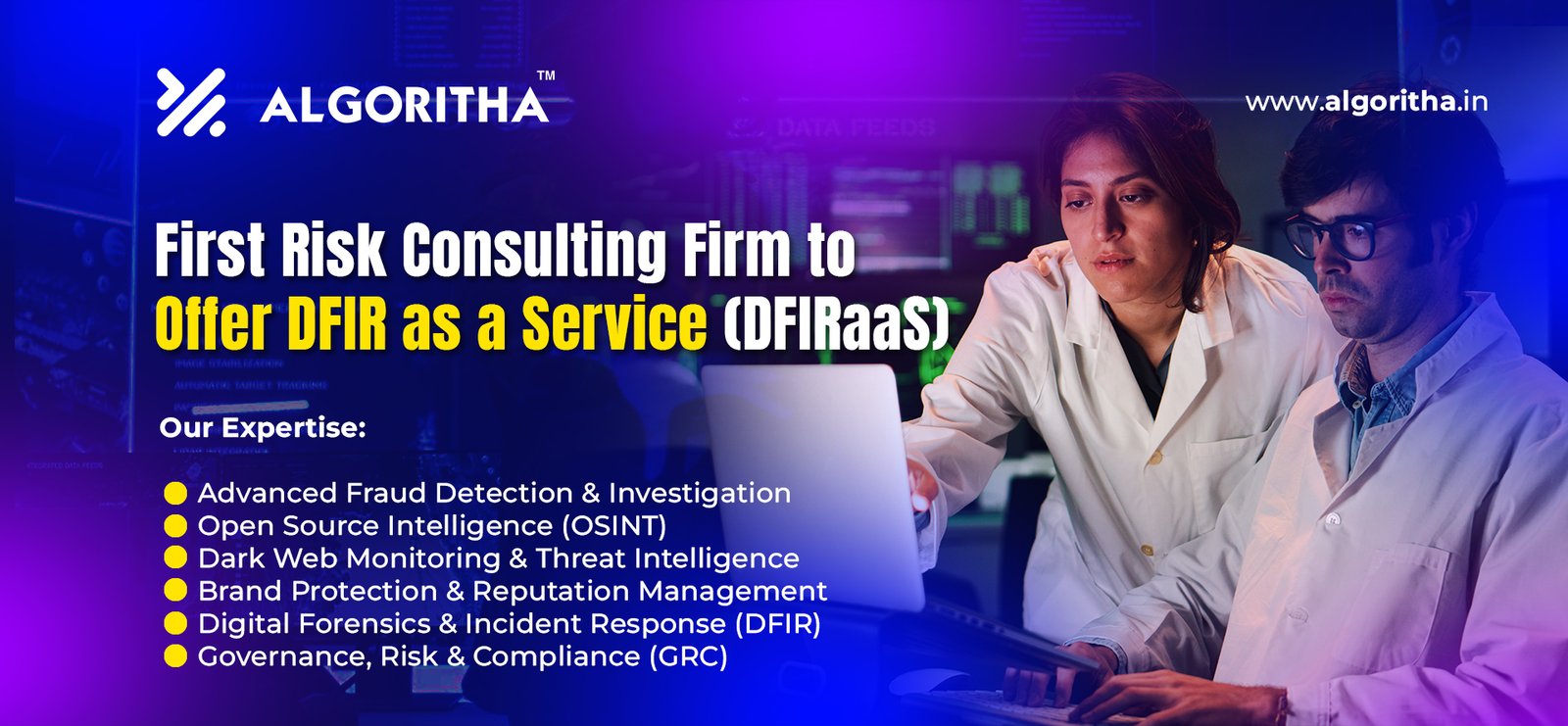The rise of artificial intelligence (AI) is no longer a distant sci-fi fantasy; it’s here, and it’s reshaping the workforce in unprecedented ways. AI employees—intelligent systems capable of performing tasks once reserved for humans—are sparking both excitement and dread. Could this truly signal the end of human hiring as we know it?
Across industries, AI is proving its mettle with real-world applications. Take xAI’s Grok, an AI designed to answer queries, analyze data, and assist users in real time. Companies are using tools like Grok to streamline customer service, research, and creative tasks, slashing the need for human staff. In 2024, Klarna, a Swedish fintech giant, deployed an AI customer service assistant that handled 2.3 million queries in a month—equivalent to 700 human agents—saving $40 million annually. Similarly, in retail, Walmart and Amazon employ AI-driven robots like Amazon’s “Sparrow” to manage inventory, pack orders, and deliver packages, cutting labor costs significantly.
Beyond retail and finance, AI is making waves in healthcare and manufacturing. In healthcare, IBM’s Watson assists doctors by analyzing patient data to suggest diagnoses, reducing diagnostic time. In manufacturing, Tesla uses AI to optimize production lines, predicting equipment failures before they occur. Meanwhile, media companies like The New York Times leverage AI to generate article drafts, freeing journalists for deeper investigative work.
The creative sector, once considered untouchable, is also shifting. Tools like Midjourney and ChatGPT produce artwork, articles, and marketing copy, challenging human designers and writers. Even in education, AI tutors from companies like Duolingo personalize learning, adapting to student needs in real time.
ALSO READ: Call for Cyber Experts: Join FCRF Academy as Trainers and Course Creators
Yet, it’s not all bleak for humans. AI is birthing new roles—think AI trainers, ethicists, and system maintainers. IBM reported a 15% surge in demand for AI-related jobs in 2025, hinting at a workforce evolution rather than extinction. Still, with AI excelling at repetitive and analytical tasks, humans must upskill for roles demanding empathy, strategy, and innovation. The stakes are high: a 2025 McKinsey report predicts AI could automate 30% of global work hours by 2030, displacing millions while creating new opportunities.
So, is this the end of human jobs? Not quite. It’s a transformation—AI employees are partners, not replacements. The challenge lies in adaptation. Will humans rise to it, or will AI dominate the job market entirely? The future hangs in the balance.


